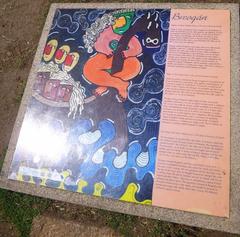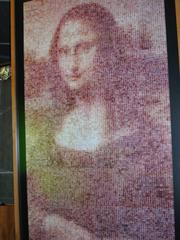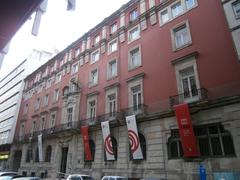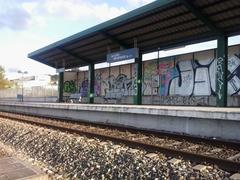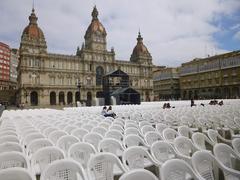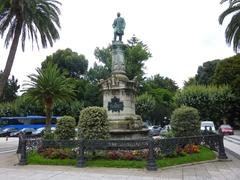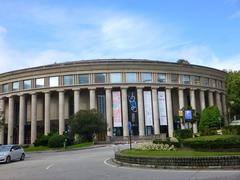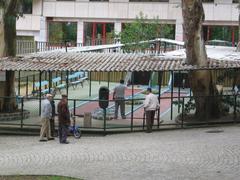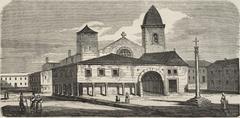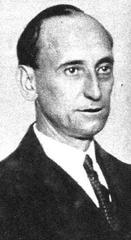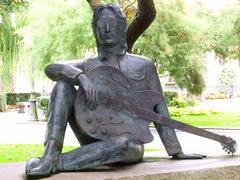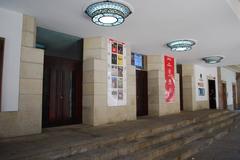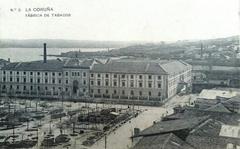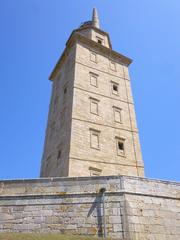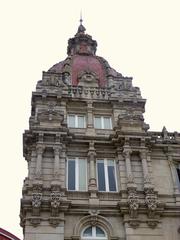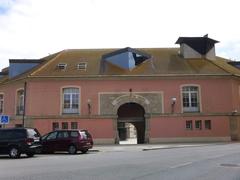
Visiting the Monument to María Pita in A Coruña, Spain: Tickets, Hours, and Tips
Date: 04/07/2025
Introduction
Located in the vibrant heart of A Coruña, Spain, the Monument to María Pita stands as a stirring tribute to one of the city’s greatest heroines. This iconic bronze sculpture honors María Mayor Fernández de la Cámara y Pita, whose leadership during the 1589 siege by the English Armada—led by Sir Francis Drake—became legendary. Her rallying cry, “Quen teña honra, que me siga!” (“Whoever has honor, follow me!”), and her bold act of defending A Coruña are etched into the city’s collective memory (Carris Hoteles; WebHispania).
The monument, located in the Plaza de María Pita opposite the majestic City Hall, is both an artistic masterpiece by sculptor Xosé Castiñeiras Iglesias and a living emblem of the city’s enduring values. This guide provides all you need to know about visiting, including historical background, practical information, accessibility, nearby attractions, and tips for making the most of your visit—whether you’re a history enthusiast or a casual traveler (explorial.com; Volando sin filtro).
Table of Contents
- Historical Background
- Visiting the Monument
- Cultural Significance and Festivities
- Frequently Asked Questions (FAQ)
- Summary and Final Tips
- References and Further Reading
Historical Background
Origins and Historical Context
The Monument to María Pita is deeply intertwined with the city’s turbulent past. In 1589, following the defeat of the Spanish Armada, Sir Francis Drake led a massive English fleet to attack A Coruña. The city’s defenders, vastly outnumbered, fought fiercely. María Pita, alongside her husband Gregorio de Rocamonde, played a decisive role during the siege. When her husband was killed, María famously seized a pike and killed an English ensign, rallying the citizens with her cry for honor (Carris Hoteles; WebHispania).
Her actions were recognized by King Philip II, who granted her a pension and the title of “soldier of distinction,” making her story a cornerstone of local identity (WebHispania).
The 1589 Siege and María Pita’s Heroism
At the height of the siege, María Pita’s act of valor became a defining moment. Her courage demoralized the English attackers, contributing to their eventual retreat and saving the city from occupation (Carris Hoteles; WebHispania).
María Pita’s legacy endures as a symbol not only of military valor but also of women’s agency in history. Her story is taught in local schools and celebrated in annual festivities, reinforcing her role as a civic and feminist icon (Volando sin filtro).
Creation and Artistic Symbolism
The ambition to honor María Pita with a public monument began in the 19th century but materialized only in 1998. Sculpted by Xosé Castiñeiras Iglesias, the monument features María Pita in a dynamic stance, wielding the pike and holding her husband’s lifeless body. The granite pedestal, crowned by a symbolic flame, reaches 9.31 meters in height and weighs approximately 30 tons (A Coruña City Council; Galician Wikipedia).
At the monument’s base, a pebetero (cauldron) with a flame represents the city’s liberal spirit. The statue’s orientation—facing City Hall—reinforces its role as guardian of A Coruña’s civic values (Galician Wikipedia; A Coruña City Council).
Visiting the Monument
Location and Accessibility
The Monument to María Pita stands at the center of Plaza de María Pita, the city’s primary civic square. Surrounded by elegant arcaded buildings and directly facing the City Hall, it is easily accessible by foot, public transportation, and taxi. The area is fully pedestrian and wheelchair-friendly, with smooth pavements and ramps (explorial.com; visitcoruna.com).
Visiting Hours and Entry
The monument is an open-air public sculpture, accessible 24/7, year-round. There is no entrance fee or ticket required. The surrounding square is lively during the day and beautifully illuminated at night, making both daytime and evening visits rewarding.
Museums and City Hall
- Casa Museo María Pita: Open Tuesday to Sunday (10:00–14:00, 16:30–20:00), closed Mondays.
- City Hall: Open for public viewing during weekday mornings; hours may vary.
Guided Tours and Visitor Tips
Guided walking tours featuring the monument and the old town are available in several languages and can be booked through the local tourism office or private operators. Self-guided audio tours are accessible via apps like Audiala. For the best photography, visit early in the morning or late afternoon, taking advantage of natural light and fewer crowds.
Nearby Attractions
Within walking distance of the monument, visitors can explore:
- Casa Museo María Pita: Learn more about the heroine’s life and historical context.
- Palacio Municipal (City Hall): A striking example of modernist architecture.
- Colexiata de Santa María do Campo: A Romanesque church with centuries of history.
- Castelo de San Antón: A coastal fortress and archaeological museum.
- Xardíns de San Carlos: Historic gardens with panoramic views and the tomb of Sir John Moore.
The surrounding arcades offer a variety of cafés, restaurants, and shops, perfect for sampling Galician cuisine or relaxing after sightseeing.
Cultural Significance and Festivities
Every August, A Coruña celebrates the “Fiestas de María Pita,” a citywide festival featuring concerts, fairs, historical reenactments, and cultural performances centered around the monument. These events commemorate María Pita’s legacy and offer visitors an immersive experience of local traditions (Carris Hoteles; explorial.com).
The monument is also a focal point for civic ceremonies, public gatherings, and educational activities throughout the year.
Frequently Asked Questions (FAQ)
What are the visiting hours of the Monument to María Pita?
The monument is outdoors and accessible at all hours, every day of the year.
Is there an entry fee to visit the monument?
No, visiting the Monument to María Pita is free.
Are guided tours available?
Yes, local tour operators and the A Coruña tourism office offer both guided and self-guided tours.
Is the monument accessible for people with disabilities?
Yes, the plaza and monument are wheelchair accessible.
What are the best nearby attractions?
Casa Museo María Pita, City Hall, Colexiata de Santa María do Campo, Castelo de San Antón, and Xardíns de San Carlos.
When is the best time to visit?
The square is lively year-round, but August’s festival season offers the most vibrant atmosphere.
Summary and Final Tips
The Monument to María Pita embodies the enduring spirit and historical resilience of A Coruña. With free, unrestricted access and a wealth of nearby attractions, it is an essential stop for anyone interested in the region’s past and present. For an enriched visit, consider joining a guided tour or exploring the Casa Museo María Pita. Respect the monument and its surroundings, enjoy local cuisine, and immerse yourself in the unique cultural energy of Plaza de María Pita.
For the latest updates, guided tours, and insider tips, check the official Turismo da Coruña website, or download the Audiala app. Celebrate your journey by sharing your experiences on social media and connecting with fellow travelers honoring the legacy of María Pita.
References and Further Reading
- The Heroic Story Behind A Coruña’s María Pita Festivities, 2023, Carris Hoteles (Carris Hoteles)
- María Pita: The Woman From La Coruña Who Confronted The Pirate Drake, WebHispania (WebHispania)
- Estatua de María Pita, A Coruña City Council Official Page (A Coruña City Council)
- Monumento a María Pita, Galician Wikipedia (Galician Wikipedia)
- Praza de María Pita, Explorial (explorial.com)
- María Pita, The Woman Who Saved Galician Town From British, Ancient Origins (ancient-origins.net)
- María Pita, The Heroine of A Coruña: History, Curiosities, Museum and More, Volando sin filtro, 2025 (Volando sin filtro)
- Visitcoruna.com – Estatua de María Pita (visitcoruna.com)




